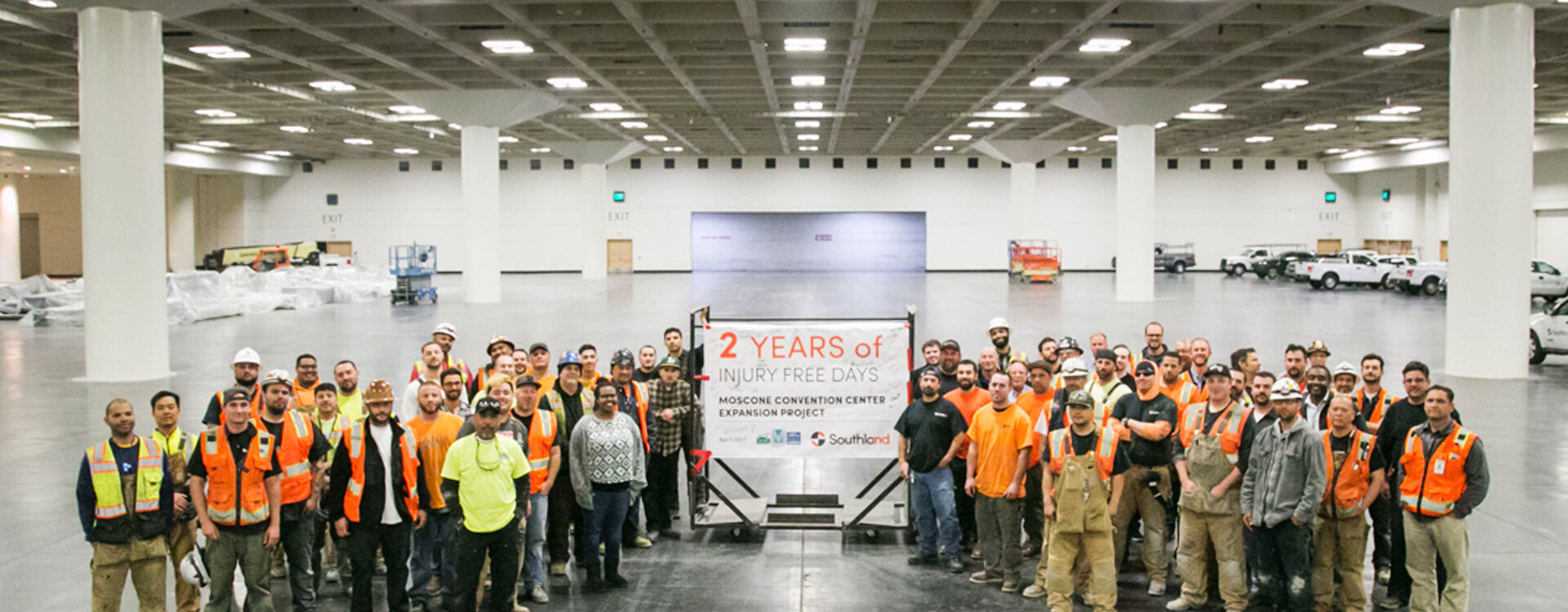
The construction world is one of constant change as we drive to safer and more efficient work practices.
As a driving component of safety, a zero-incident rate culture is often the ultimate goal of going the entire year without a recordable or lost time incident. Although a daunting milestone for many companies, a zero-incident culture is achievable when three basic components are prioritized to achieve safety goals:
- Management's commitment to safety
- A superior safety team and support
- Employee participation
Management's commitment to safety
When management is committed to safety, they provide the safest tools available, utilize prefabrication in the shop as much as possible, and support the safety team at every turn. By providing the best tools and equipment available, crews can work freely without all of the hassle that comes with using outdated tools and equipment. Cordless hand tools, automated shop equipment, and small portable cranes to hoist equipment or materials are efficient ways to promote safety and productivity. Although some reluctance is often prevalent when investing in equipment, the commitment to buy top-notch tools is worth it.
Safety protocols are only effective if team members consistently practice them while on a jobsite.
Superior safety team & support
Having a superior safety team is another pillar for success in driving a zero-incident culture. Through consistent communication (regardless of training type, message or location), collaboration, and a united commitment to safety, the safety team can gather a deeper understanding of the support and resources employees need to overcome daily challenges while meeting safety goals.
Employee participation
Safety protocols are only effective if team members consistently practice them while on a jobsite. It is important to have general foremen, foremen, and journeymen who are veterans of the business and the company. Safety practices work when all employees are behind the common goal. Sharing success stories and innovations through videos and internal network posting, reviewing lessons learned, and reporting near misses with corrections are great ways to help achieve safety goals. Employee buy-in to an increased safety culture doesn't happen overnight, but with small adjustments it is easy to build over time.
Division Safety Manager
Zach Gill is the Northern California Division Safety Manager for Southland Industries. With over 10 years of experience as a safety professional, he is a strong advocate of Prevention through Design and Lean practices, believing these two practices can make all the difference when it comes to preventing an incident.




